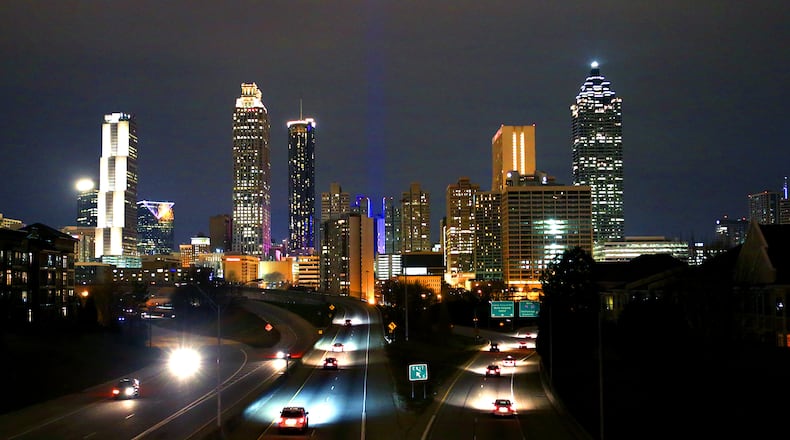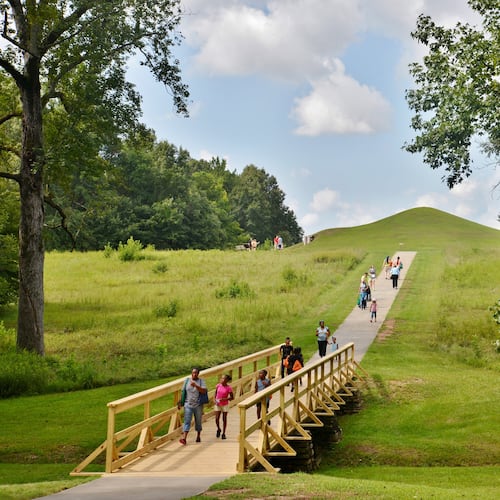We are as a region proud of our growing focus on sustainability and our increasing emphasis on creating a healthy sense of place in our cities and towns. The two priorities are intertwined. Just as we are stewards of natural and economic resources, we should think of ourselves as stewards of our built environment. If we are to continue our progress toward an economically, environmentally and socially sustainable future, we must have greater public engagement in architecture, which brings together these concerns. (We’re going to need more architects, too.)
“We shape our buildings,” Winston Churchill famously said, “thereafter they shape us.” Today we can expand on that to say we also mold our neighborhoods, towns and cities – and thereafter they influence us. It is up to us to shape the places in which we live. It is heartening to see we’re headed in the right direction as a region; the revitalization of our urban cores, campuses and town centers are beginning to reflect a new set of values.
The integration of design and city life represents a shift of emphasis and priority to the public realm. From the Atlanta Beltline to city centers in Woodstock, Duluth, Kennesaw and elsewhere, we’re seeing a celebration of public places and how our built environment forms them. We’re even seeing a blossoming and a wonderful blurring of public and private realms in healthy inclusive ways as we connect these places with trails, outdoor cafés, lineal greens and terraces.
Like most success, this focus on the places we create didn’t happen overnight. There are great examples from bygone years across our region. Our architecture firm was fortunate to have the opportunity to retrofit the Metro Atlanta Chamber, for example, after producing the conceptual design for Centennial Olympic Park two decades ago.
Atop the Chamber is a rooftop terrace, which is certainly not the most economical approach to designing a roof. Yet if you’ve ever had the chance to be on that rooftop for an event as the sun sets and the city’s lights come on with the park in the foreground, you know the benefit of the experience is incalculable. And as you consider the Chamber’s mission, you realize how valuable indeed it is to have the opportunity to see our city with a renewed sense of pride. Lately, we’ve heard rumors the building may be torn down, which would be a shame.
I can trace my personal connection to this concern with shaping our places to growing up in Chicago. There, I took for granted the public interest in the quality of the architecture and civic places that made up the city. In fact, it inspired me to become an architect. Outside of the architectural haven that is Chicago, economics alone too often drive what a building or place looks like. We need to pause to ask what a building or master plan says about our shared values as a community. We must recognize how buildings and places set a tone for the ones to be built or rebuilt around them. We must continue to question how they might impact our health and quality of life.
It is our obligation as architects to immerse ourselves in the community, engage the community, and reflect community values and aspirations in our work. The role of the architect as artist tends to draw the most attention, and that matters. Yet the healthy experience of our craft and how we engage the public in that process matters as well. Winston Churchill also said, “Healthy citizens are the greatest asset any country can have.”
So today, we’re taking public engagement and design to the people. Rather than just holding public meetings or creating a design in isolation, we’re going to where the public is: festivals, events, food truck nights, trails, shopping malls and more. We give community bike tours describing our concepts, and we’re receiving great feedback and input while we craft great active places to live, work and celebrate community life.
These citizens are helping to create the places in which they live. Architects of the future will shepherd this process more than ever before. If we continue to recognize value in this process, soon we will live in a metro Atlanta region that visually represents a place as good, as welcoming and as inspiring as it truly is: a hometown worthy of the international infrastructure and institutions we have so proudly nurtured and built over the past two centuries.
William de St. Aubin is the CEO of Sizemore Group, an Atlanta-based architecture and town planning firm.
About the Author
Keep Reading
The Latest
Featured



